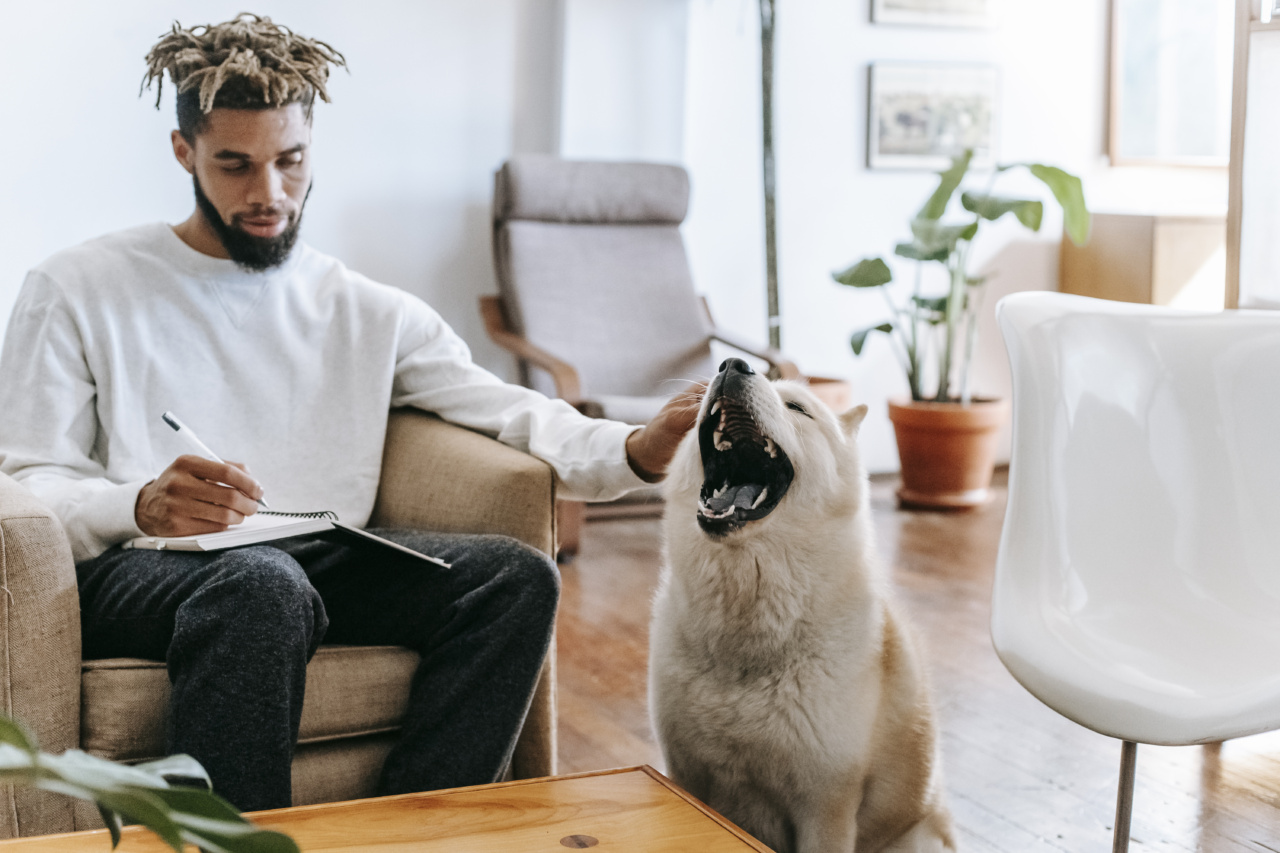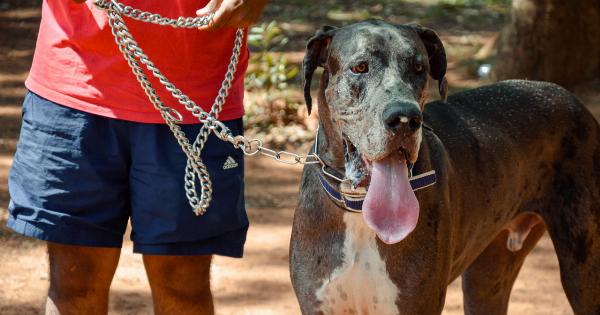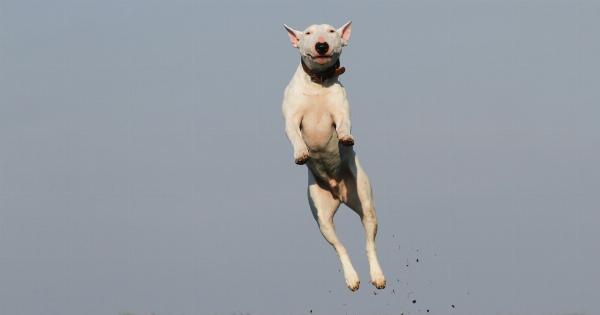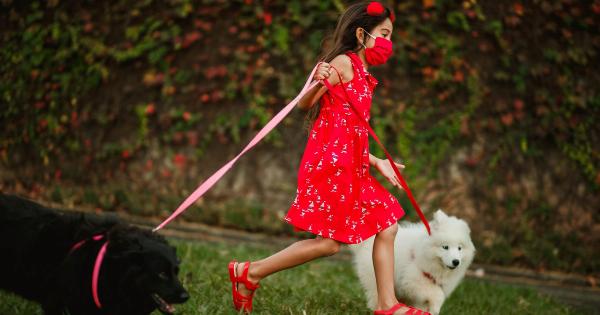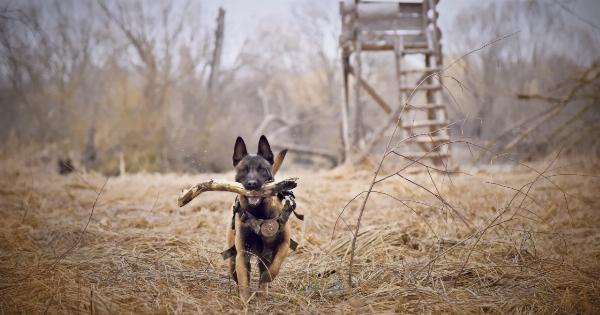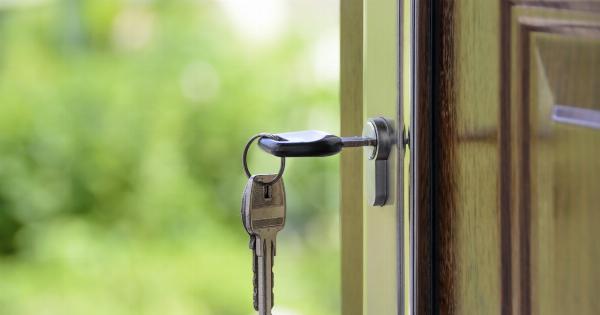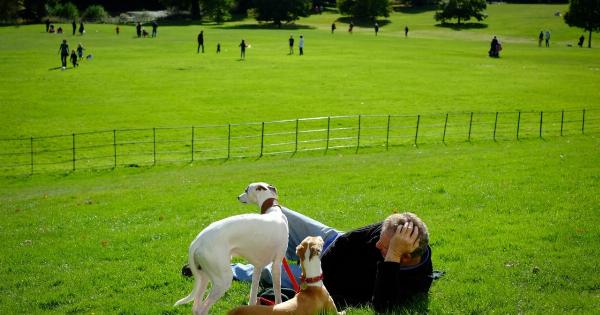Having a furry companion can bring immense joy and happiness to our lives. Dogs, in particular, are known for their loyalty and unconditional love towards their owners.
As a responsible dog owner, it is our duty to ensure the safety and well-being of our beloved pets. One of the biggest fears for any dog owner is the thought of losing their furry friend. In this article, we will discuss various measures and precautions that can be taken to avoid the unfortunate situation of losing your dog.
1. Collar and ID Tags
One of the simplest and most effective ways to prevent your dog from getting lost is by ensuring they wear a collar with an ID tag. The ID tag should have your contact information such as your name and phone number.
In case your dog wanders off, having an ID tag makes it easier for people to reach out to you and reunite you with your pet. Remember to regularly check the condition of the collar and ID tag to ensure they are still visible and readable.
2. Microchipping
In addition to a collar and ID tags, microchipping your dog is another invaluable precautionary measure. A microchip is a small device, about the size of a grain of rice, which is implanted under the skin of your pet.
It contains a unique identification number that can be scanned by a veterinarian or animal shelter. Make sure to keep your contact information associated with the microchip up to date.
3. Secure Fencing and Gates
Having a secure and well-maintained fence around your property is crucial in preventing your dog from running away or getting lost. Regularly inspect the fence for any loose boards, gaps, or holes that your dog could potentially escape through.
It’s also important to ensure that all gates are securely locked, including any side gates or entrances.
4. Supervised Outdoor Time
When allowing your dog to spend time outdoors, always supervise them to reduce the risk of them wandering off. Dogs have a curious nature and can easily get distracted or lured away by something that piques their interest.
Keeping an eye on your dog not only prevents them from getting lost but also ensures their safety from any potential hazards or dangers.
5. Leash Training
Proper leash training is essential for the safety of both you and your dog. Always keep your dog on a leash when outside of your property, especially in areas where it is required by law.
This prevents your dog from running away or getting into situations that may lead to their loss. Leash training also helps in ensuring your dog’s obedience and discipline.
6. Avoid Unfamiliar Areas
When going on walks or exploring new places with your dog, it’s best to stick to familiar areas. Venturing into unfamiliar territories can increase the chances of your dog getting lost.
Dogs rely on their sense of smell and landmarks to find their way back, so sticking to familiar surroundings reduces the risk of them getting disoriented.
7. Spay/Neuter Your Dog
Aside from the health benefits and population control, spaying or neutering your dog can also reduce their desire to roam and wander. Unaltered dogs are more likely to try to escape in search of a mate.
By having your dog spayed or neutered, you can significantly decrease the chances of them running away and getting lost.
8. Training and Recall Commands
Training your dog and teaching them recall commands can be immensely helpful in preventing them from getting lost.
Basic commands like “come” or “stay” can be crucial in situations where your dog starts to wander off or is at risk of running away. Regular training sessions and reinforcement of these commands will ensure a strong bond and understanding between you and your furry friend.
9. Socialize Your Dog
A well socialized dog is less likely to feel the need to run away. By exposing your dog to different environments, people, and other animals from an early age, they become more comfortable and less fearful in unfamiliar situations.
This confidence reduces anxiety or the instinct to escape, ultimately minimizing the chances of losing your dog.
10. Be Prepared for Emergencies
Despite taking all necessary precautions, there is always a small possibility of your dog getting lost. It is crucial to be prepared for such emergencies.
Keep a recent photograph of your dog along with any distinctive markings as it can aid in identifying them. Make a list of contact numbers for local animal shelters, veterinary clinics, and animal control agencies. This way, if your dog does go missing, you can immediately notify these organizations and seek assistance in finding them.
Conclusion
Losing a furry friend can be a devastating experience for any dog owner. However, by following these precautions and implementing responsible ownership practices, you can significantly reduce the risk of losing your beloved pet.
Remember that prevention is always better than cure, and being proactive in safeguarding your dog’s well-being will go a long way in creating a strong and lifelong bond with your furry companion.
